 Miller Davis Crimes Story
Miller Davis Crimes Story
Time Period: Post-Reconstruction through the Gilded Age (1875 - 1900)
 Miller Davis Crimes Story
Miller Davis Crimes Story
 Miller Davis Execution Story
Miller Davis Execution Story
 Miller Davis Execution Story
Miller Davis Execution Story
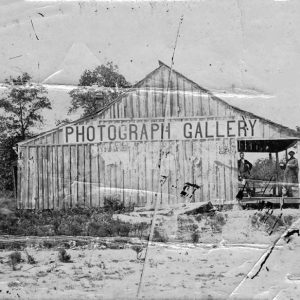 Dayton Bowers’s Photograph Gallery
Dayton Bowers’s Photograph Gallery
De Ann Cemetery Historic Section
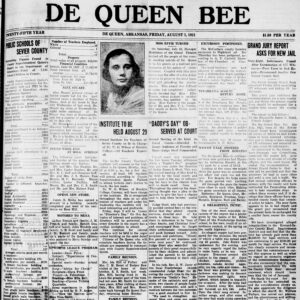 De Queen Bee
De Queen Bee
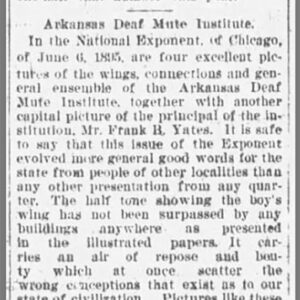 Deaf Mute Institute Story
Deaf Mute Institute Story
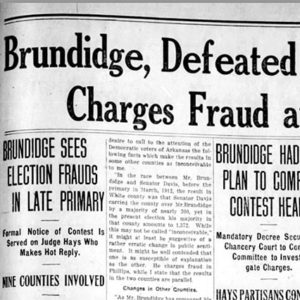 Defeat Headline
Defeat Headline
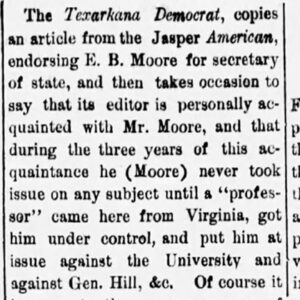 Defending Moore
Defending Moore
 Jenny Delony
Jenny Delony
 Democratic Ticket, 1882
Democratic Ticket, 1882
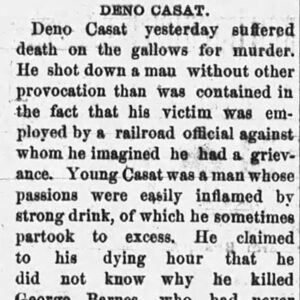 Deno Casat Execution Story
Deno Casat Execution Story
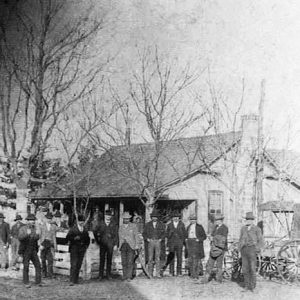 Denton Hotel
Denton Hotel
Devoe and Huntley (Lynching of)
aka: Huntley and Devoe (Lynching of)
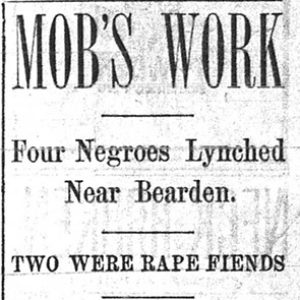 Devoe & Huntley Lynching Article
Devoe & Huntley Lynching Article
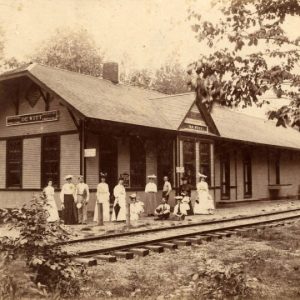 DeWitt Depot
DeWitt Depot
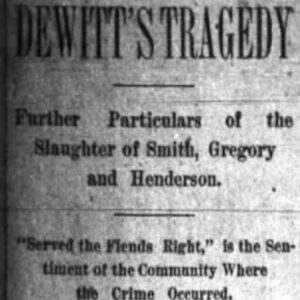 DeWitt Lynching Article
DeWitt Lynching Article
DeWitt Lynching of 1891
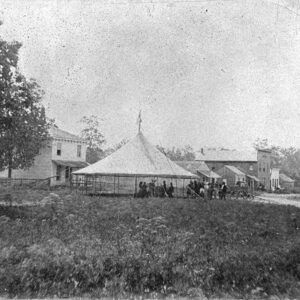 DeWitt Street Scene
DeWitt Street Scene
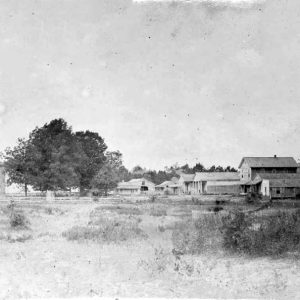 DeWitt Street Scene
DeWitt Street Scene
 DeWitt; 1880s
DeWitt; 1880s
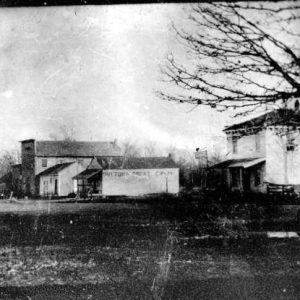 DeWitt; 1882
DeWitt; 1882
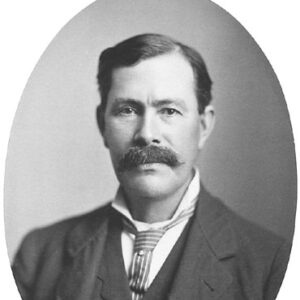 James Dibrell
James Dibrell
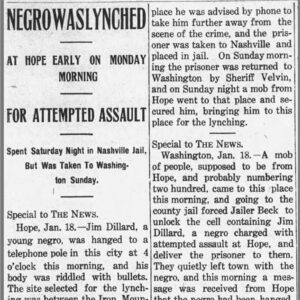 "Jim" Dillard Lynching Article
"Jim" Dillard Lynching Article
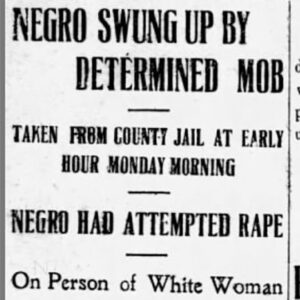 "Tom" Dillard Lynching Article
"Tom" Dillard Lynching Article
 Hugh A. Dinsmore
Hugh A. Dinsmore
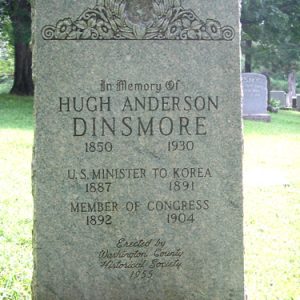 Hugh Dinsmore's Tombstone
Hugh Dinsmore's Tombstone
Dinsmore, Hugh Anderson
 Dixon Execution Story
Dixon Execution Story
Dixon, Giles (Execution of)
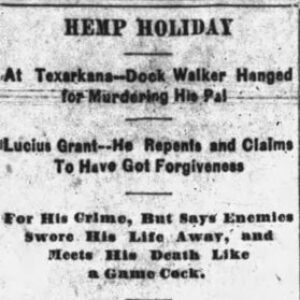 Dock Walker Execution Story
Dock Walker Execution Story
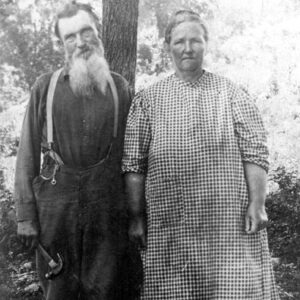 Preacher Doke and Wife
Preacher Doke and Wife
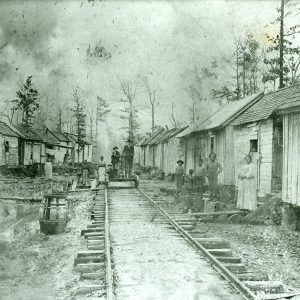 Dolph's Station
Dolph's Station
Donnelly, Robert (Lynching of)
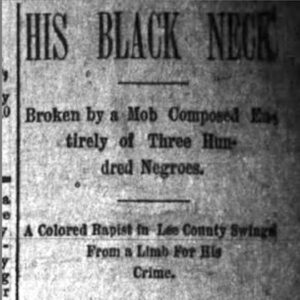 Donnelly Lynching Article
Donnelly Lynching Article
Doolin, Bill
aka: William Doolin
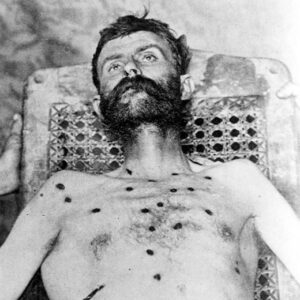 Bill Doolin
Bill Doolin
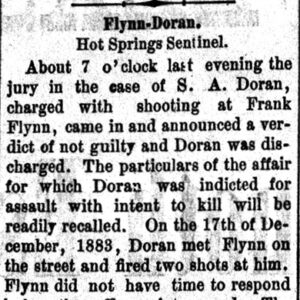 Doran Trial Story
Doran Trial Story
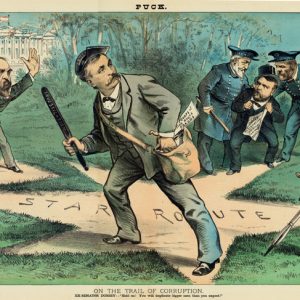 Stephen Dorsey Political Cartoon
Stephen Dorsey Political Cartoon
Dr. Boaz House
Draughon School of Business (Little Rock)
aka: Draughon Business College (Little Rock)
Draughon, James Harris
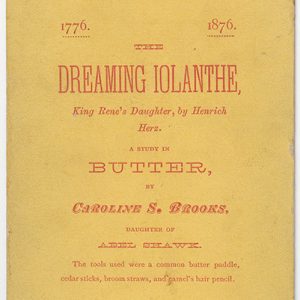 Dreaming Iolanthe
Dreaming Iolanthe
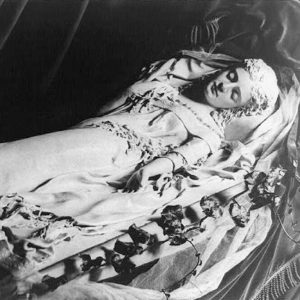 Dreaming Iolanthe Butter Sculpture
Dreaming Iolanthe Butter Sculpture
Dugan, William (Lynching of)
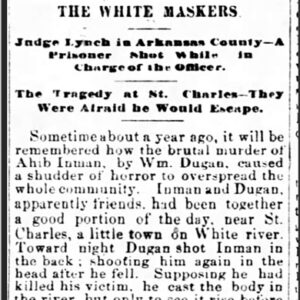 William Dugan Lynching Article
William Dugan Lynching Article
 Dumas Lynching Article
Dumas Lynching Article
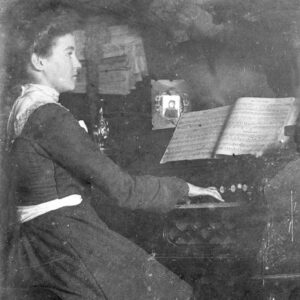 Maud Duncan
Maud Duncan
Dunn, Poindexter
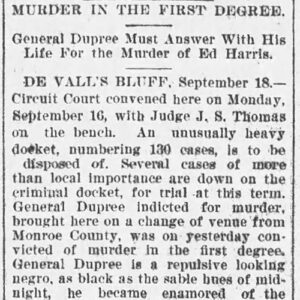 "General" Dupree Conviction Article
"General" Dupree Conviction Article




